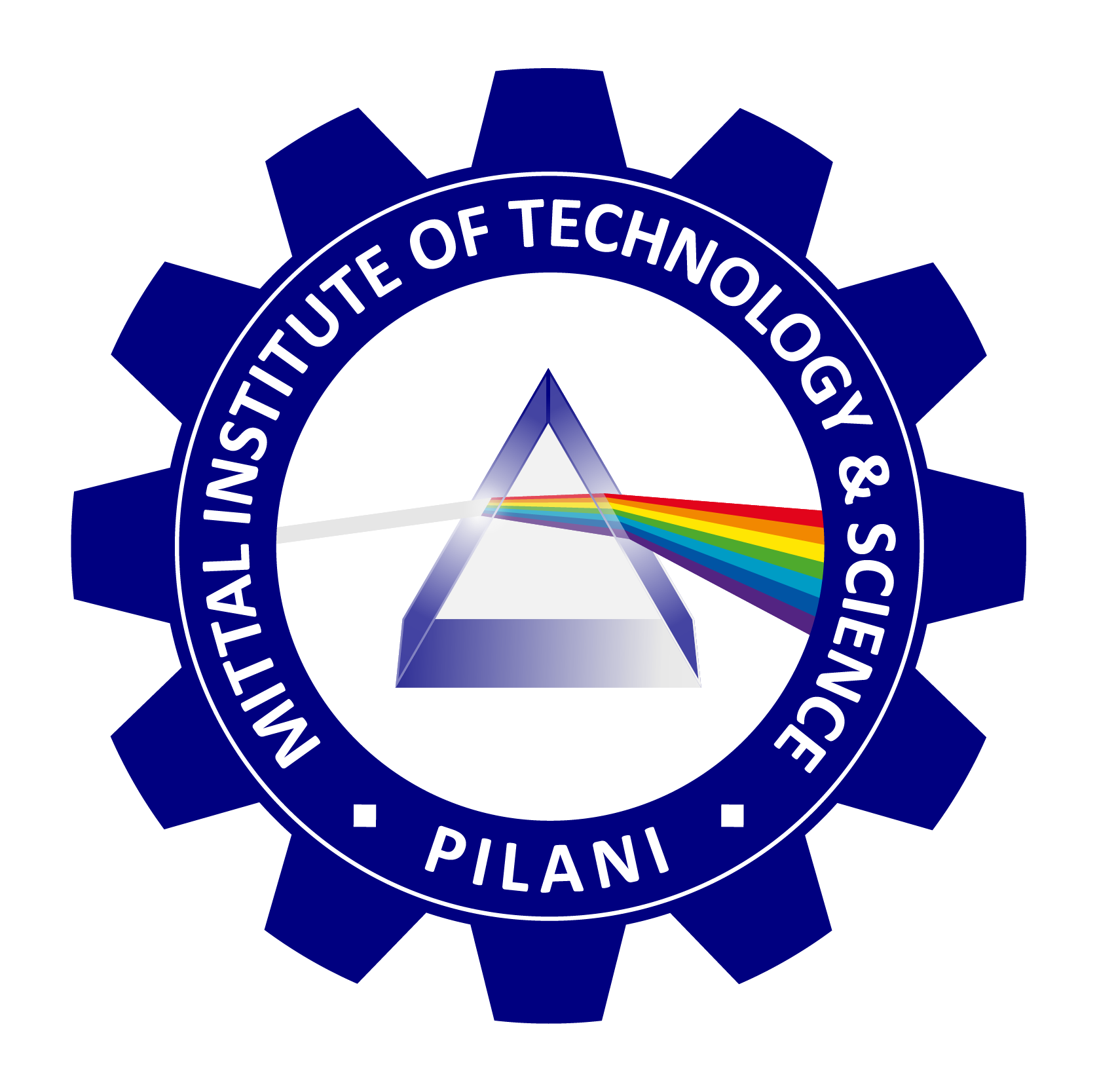
Cognitive Science and Artificial Intelligence: Exploring the Intersection
Cognitive science and artificial intelligence (AI) are two fields that have deeply influenced one another in the pursuit of understanding the human mind and replicating its capabilities in machines. Both disciplines aim to unravel the mysteries of intelligence, yet they do so from different perspectives. Cognitive science seeks to understand human thought processes, perception, learning, memory, and consciousness, while AI focuses on designing algorithms and systems capable of replicating or simulating these cognitive functions. Together, they provide a rich interdisciplinary dialogue that enhances our comprehension of both natural and artificial intelligence.
Cognitive science is an interdisciplinary field that combines elements of psychology, neuroscience, linguistics, philosophy, anthropology, and computer science to study the nature of thought. It is concerned with how humans acquire, process, store, and retrieve information. The field looks at mental processes such as attention, perception, memory, language, problem-solving, and decision-making.
Key to cognitive science is the idea that the mind can be understood as an information-processing system. This view posits that human cognition operates like a computer, where input (sensory data) is processed by the brain to produce output (behavior and thoughts). This analogy between the mind and computers has been crucial in the development of AI, as it provides a conceptual framework for designing systems that mimic human thinking.
Artificial intelligence refers to the creation of computer systems that can perform tasks typically requiring human intelligence. These tasks include visual perception, speech recognition, decision-making, language understanding, and problem-solving. AI is built on principles derived from cognitive science, seeking to emulate or replicate these functions through machine learning algorithms, neural networks, and other advanced computing techniques.
AI can be broadly divided into two categories: narrow AI and general AI. Narrow AI refers to systems designed to perform specific tasks, such as facial recognition, language translation, or autonomous driving. These systems are highly specialized and excel at particular domains but lack the ability to transfer their knowledge or skills to other areas. General AI, on the other hand, refers to machines with the ability to understand, learn, and apply knowledge across a wide range of tasks, much like human intelligence. However, the development of true general AI remains an elusive goal, as replicating the full scope of human cognition in machines is an extremely complex challenge.
Amazon DynamoDB (AP System)
Amazon’s DynamoDB is an AP system that favors availability and partition tolerance. It adopts an eventual consistency model, which means that after a write, all replicas will eventually be consistent, but there may be temporary discrepancies between them.
Eventual Consistency: Dynamo allows stale reads to maintain high availability during partitioning, eventually bringing all nodes into consistency as network failures resolve.
Google Spanner (CP System)
Google Spanner is a globally distributed, strongly consistent database. It achieves consistency and partition tolerance through synchronized clocks and multi-version concurrency control.
Spanner uses TrueTime, a global clock synchronization mechanism, to provide globally consistent, serializable transactions across distributed nodes.
Trade-off: Spanner favors consistency and partition tolerance, but achieving such strong guarantees leads to higher operational complexity and performance trade-offs.
MongoDB (Configurable AP/CP Behavior)
MongoDB provides tunable consistency and availability. Developers can choose between strong consistency (CP) and eventual consistency (AP) depending on use cases by adjusting write concern and read preference settings.
Trade-off: This configurability makes MongoDB suitable for a variety of applications, from content management systems (where eventual consistency is acceptable) to financial transactions (where strict consistency is necessary).
Consistency over Availability (CP Systems)
In systems that prioritize consistency, the idea is to ensure that all replicas of the data reflect the most recent state, even at the cost of availability during network partitions.
Example:
HBase (a distributed database) favors strong consistency and sacrifices availability when network partitions occur. It guarantees that reads always reflect the latest writes.
Use Case:
Systems where data correctness is critical, such as banking or financial applications. Consistency in monetary transactions is non-negotiable.
Availability over Consistency (AP Systems)
Systems that prioritize availability are designed to remain operational, serving requests even during network partitions, but they may serve stale data (lack consistency).
Example:
Cassandra, a NoSQL database, prioritizes availability and partition tolerance. In case of network partitioning, it may provide stale reads, but the system remains available.
Use Case:
Applications like social networks or e-commerce where uptime is crucial, and stale data (such as slightly out-of-date product listings) is acceptable in the short term.
Partition Tolerance as a Must-Have
Partition tolerance is not optional for modern distributed systems, especially cloud-based architectures, where the possibility of network failures between geographically distributed nodes is high. Therefore, the CAP trade-off is effectively between consistency and availability.
